Voyage of Darwin’s Beagle – Episode 6: Toolbox of Survival (2009)
In Australia the arrival of Europeans profoundly effected the biology of the continent through introduction of non-native species that are reproducing and invading at an unprecedented rate. Australian biologists call it “extinction calamity” since the continent has lost one in ten of its native mammals species in the past 200 years. The effects of climate change is also evident with severe droughts and wild fires. A large fraction of Australian vegetation is serotinous that is adapted to disperse their seeds […]

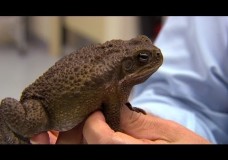

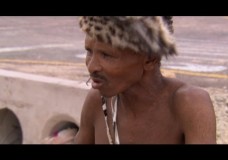
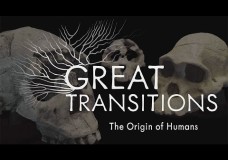
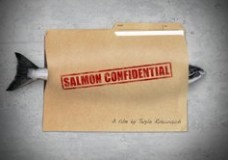
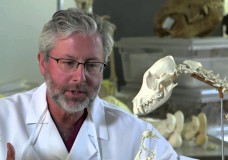
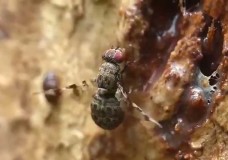
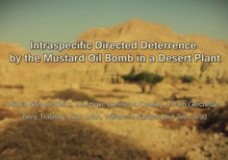
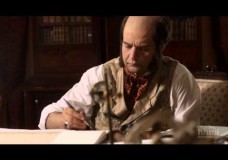
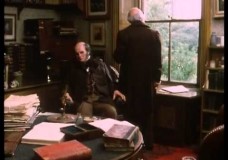
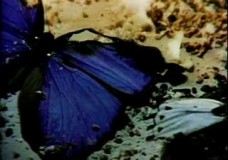

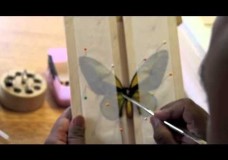



Recent Comments